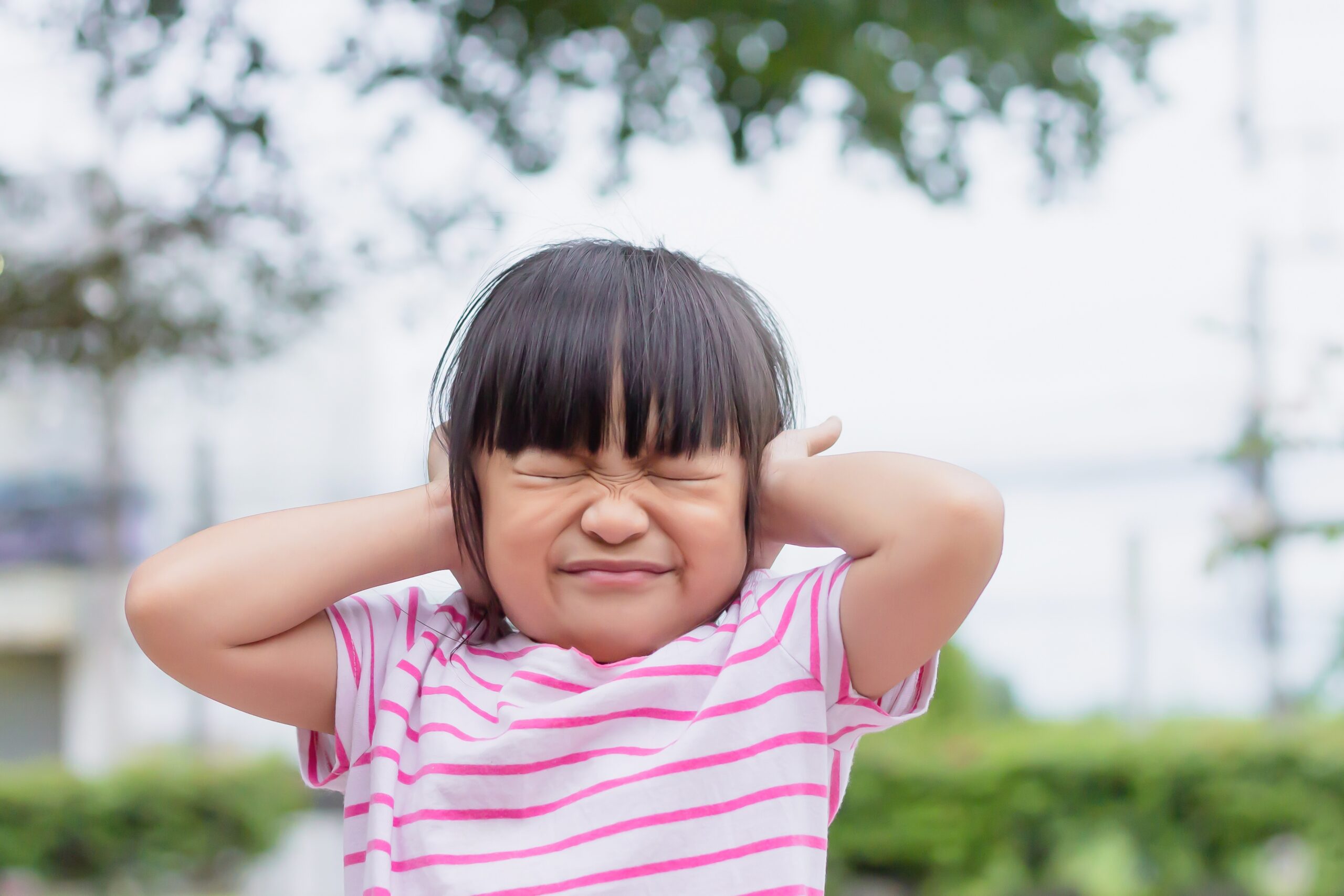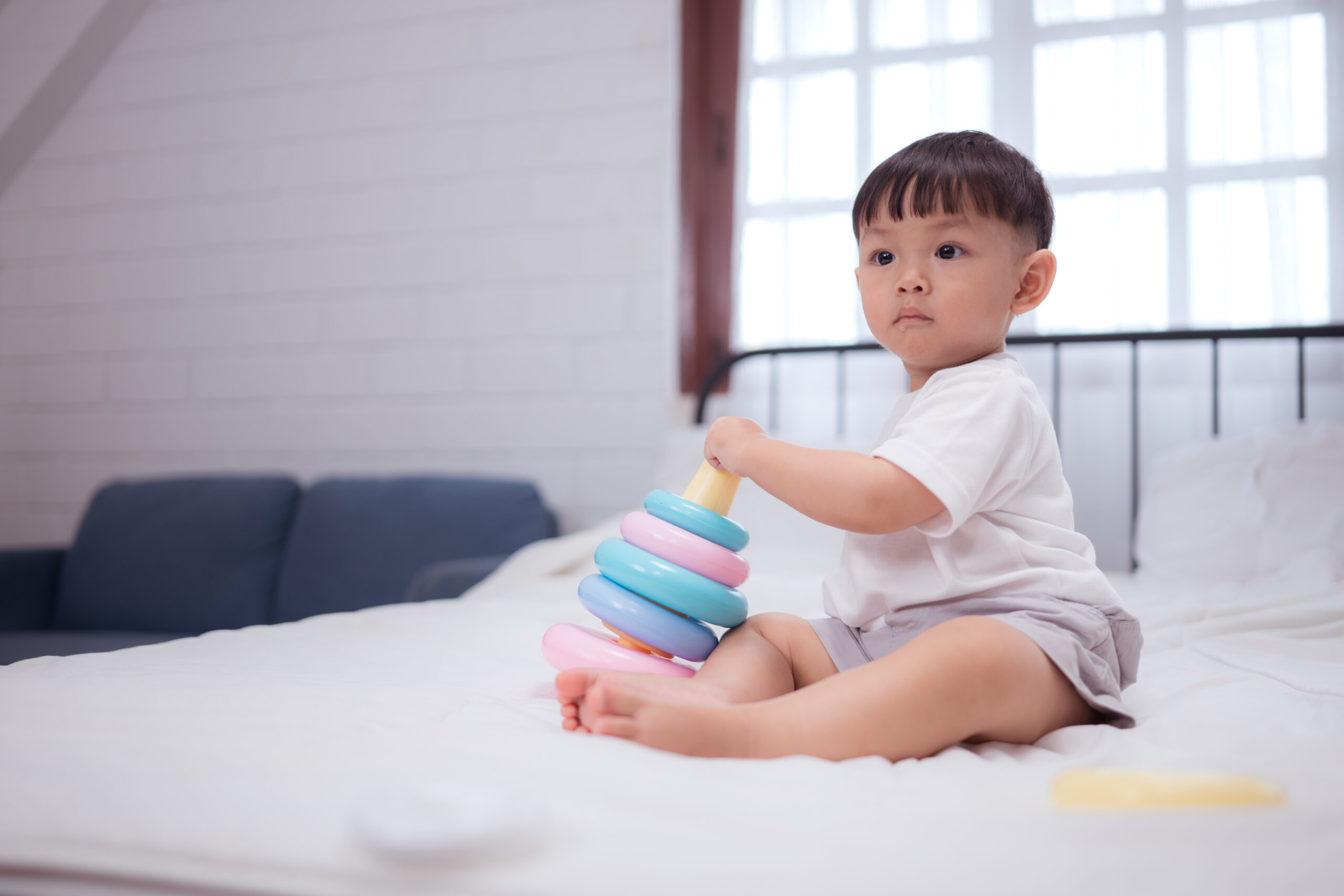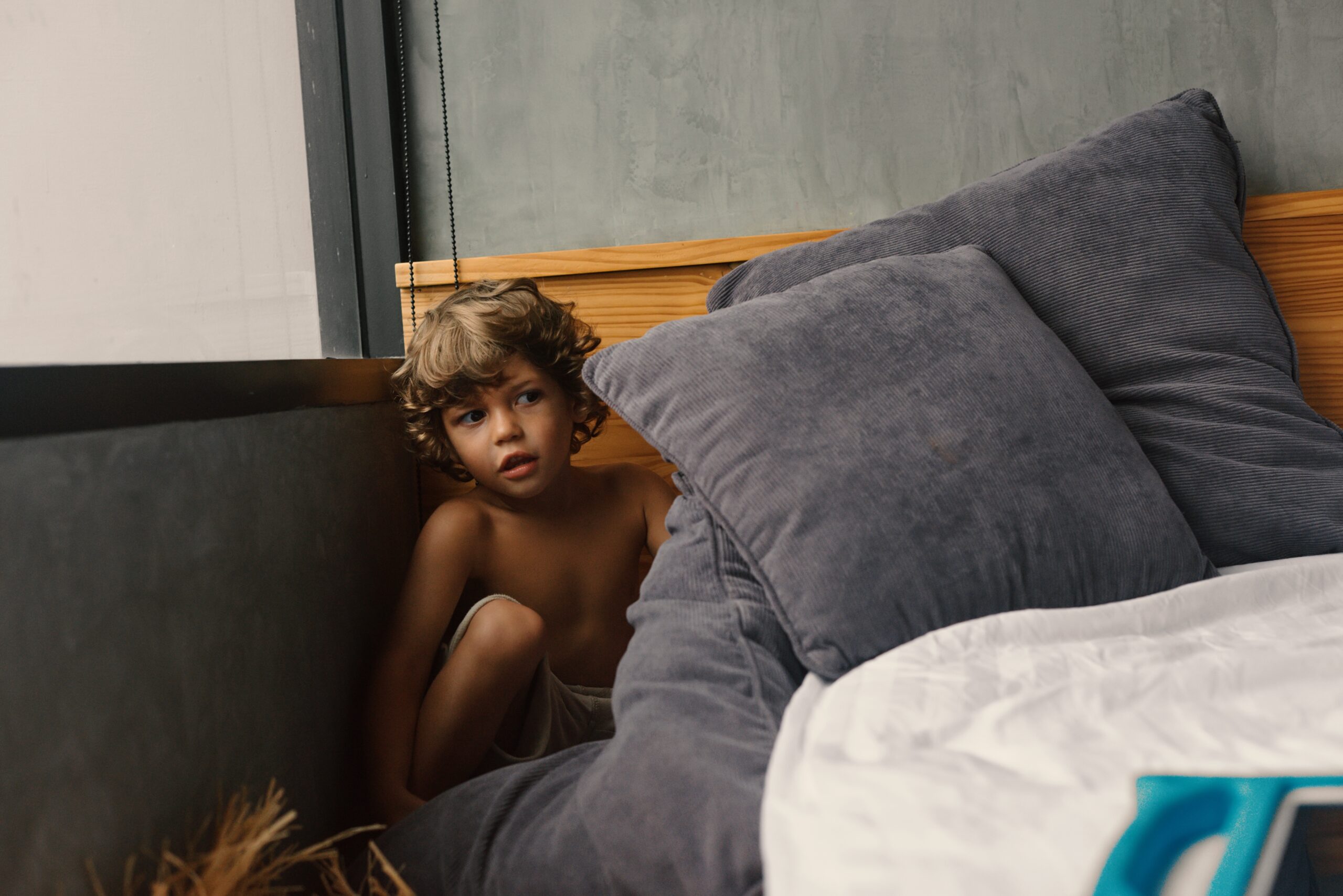Children with autism often experience unique sensory sensitivities, which can be overwhelming for both the child and their caregivers. One of the most common sensory challenges is noise sensitivity, where everyday sounds can feel excessively loud or even painful. Olga explores strategies to help kids with autism manage noise sensitivity effectively, ensuring they feel supported and understood.
Understanding Noise Sensitivity in Autism
Noise sensitivity, also referred to as hyperacusis, is an amplified perception of environmental sounds. For children with autism, this sensitivity can make routine sounds—such as conversations, traffic, or household noises—distressing. The intensity of their response varies, with some children covering their ears, pulling at them, or even avoiding noisy environments entirely.
It’s important to remember that sensory sensitivities evolve over time. Many children on the spectrum may not display sound sensitivity in their early years, but it may develop as they grow. Parents and caregivers must stay observant of behavioral changes and adjust their support strategies accordingly.
Signs of Noise Sensitivity in Children with Autism
Recognizing the signs of noise sensitivity is the first step toward providing effective support. Common indicators include:
- Covering or pulling at ears in loud environments.
- Screaming, crying, or other visible distress when exposed to certain sounds.
- Avoiding noisy places such as malls, playgrounds, or birthday parties.
- Hiding under tables or retreating to quiet spaces when overwhelmed.
These behaviors are a child’s way of coping with discomfort. With appropriate interventions, children can learn to navigate these situations more effectively.
Strategies to Support Noise Sensitivity
Here are five effective strategies to help children with autism manage their sensitivity to noise:
1. Identify Triggers and Minimize Exposure
The first step is identifying specific sounds that trigger discomfort. For example, some children may react strongly to another child’s cry, the sound of a vacuum cleaner, or traffic noise. Observing and noting these triggers allows caregivers to take proactive measures, such as:
- Increasing the distance between the child and the source of the sound.
- Using white noise machines to mask disruptive sounds.
- Rearranging routines to avoid particularly noisy environments during peak times.
By reducing exposure, children can feel safer and more in control of their surroundings.
2. Use Noise-Canceling Headphones or Earplugs
Noise-canceling headphones or earplugs can provide significant relief in loud environments. However, introducing these tools requires patience and persistence, as children may initially resist using them.
Steps for Success:
- Introduce headphones in controlled, noisy environments like a mall or playground.
- Demonstrate the benefits by showing how the headphones reduce noise levels.
- Use positive reinforcement, such as praise or small rewards, to encourage the child to wear them.
- Gradually build their tolerance by having them wear headphones for short periods before increasing the duration.
3. Use Visual Supports and Social Stories
Visual aids can help children prepare for noisy environments and teach them coping strategies. Tools like social stories and visual schedules can reduce anxiety by setting clear expectations.
- Social Stories: These are short, personalized narratives that explain what a child can expect in a particular situation, such as visiting a loud park. They also outline appropriate responses to noise.
- Visual Schedules: These provide a step-by-step breakdown of the day’s activities, helping children anticipate and mentally prepare for transitions into potentially noisy settings.
Taking the element of surprise away can make loud environments less daunting.
4. Gradual Desensitization to Sounds
Desensitization involves gradually exposing a child to sounds that trigger discomfort, starting at a low intensity and increasing over time. This method can help children build tolerance at their own pace.
Example with a Vacuum Cleaner:
- Inform the child that you’ll turn on the vacuum and explain that it will make noise.
- Start by turning on the vacuum in a different room, allowing the child to hear it from a safe distance.
- Provide praise and reinforcements (e.g., verbal affirmations, treats, or stickers) when the child tolerates the sound.
- Gradually decrease the distance over several sessions, always giving the child a sense of control and warning before increasing intensity.
This approach helps children associate the sound with positive outcomes, reducing anxiety over time.
5. Encourage Communication
Empowering children to communicate their sensory discomfort is vital. When a child feels overwhelmed by noise, they may resort to screaming or hiding. Teaching them functional communication methods ensures their needs are met in a constructive way.
Techniques:
- Picture Communication: Use visual cards with symbols or images representing “all done,” “too loud,” or “quiet time.”
- Augmentative and Alternative Communication (AAC) Devices: These devices allow children to express their feelings or needs through technology.
- Sign Language: Simple signs for “stop” or “quiet” can be taught for immediate communication.
Encourage children to use these tools instead of reacting instinctively. Once they communicate their discomfort, remove them from the noisy environment and guide them to a calm, quiet space for recovery.
Creating a Safe Environment
In addition to these strategies, creating a sensory-friendly environment at home can further support children with noise sensitivity. Consider the following:
- Quiet Zones: Designate a room or corner with noise-dampening materials and soft furnishings where the child can retreat when overwhelmed.
- Routine Adjustments: Schedule activities during quieter times of the day to minimize exposure to excessive noise.
- Collaborate with Educators: Work with teachers and school staff to implement similar strategies in the classroom.
How to Help Kids with Autism Manage Noise Sensitivity – Final Thoughts
Managing noise sensitivity in children with autism requires understanding, patience, and consistency. By identifying triggers, using supportive tools, and encouraging communication, caregivers can help children feel more secure and empowered. Each child is unique, and strategies should be tailored to their individual needs and preferences. With time and effort, children can learn to navigate noisy environments more comfortably, unlocking new opportunities for growth and social interaction.
Also read: How to Manage Running Away Behavior in Kids with Autism
About Olga Sirbu
My name is Olga Sirbu, I am a Board Certified Behavior Analyst (BCBA) and Licensed Applied Behavioral Analyst. My goal is to support and empower families and individuals on the autism spectrum.
Autism Advance is dedicated to training parents and caregivers, providing practical tips, and teaching individuals how to educate kids with autism.
I share evidence-based practices to help you better understand and support individuals with autism. Learn practical strategies to help individuals with autism reach their full potential, as well as gain a deeper understanding and acceptance of autism.
Thank you for considering Autism Advance as a resource for your autism journey.








